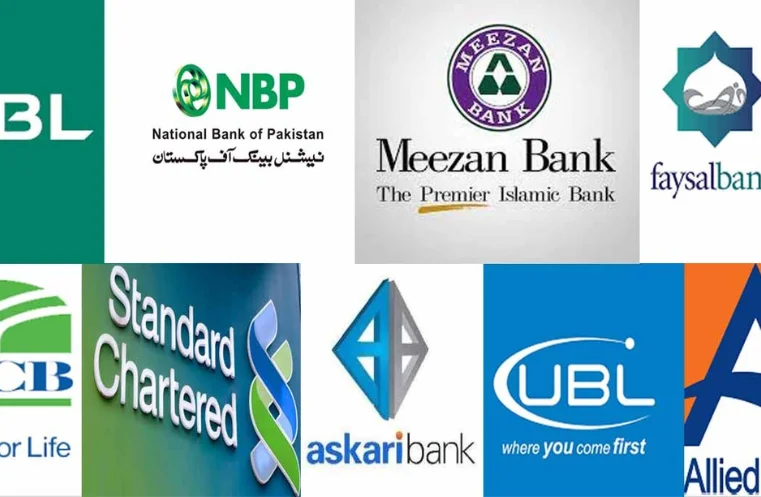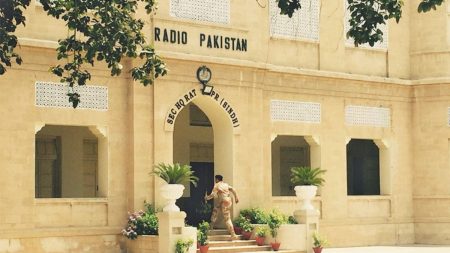ISLAMABAD, March 17: In 2024, the 20 listed banks recorded both gross and net markup incomes to Rs7 trillion and Rs1.9 trillion, respectively.
This growth can largely be attributed to two factors: a high interest rate environment and a large proportion of current and savings accounts.
These conditions helped boost a combined net income of Rs579 billion, a 6.1% increase from the previous year.
In Pakistan’s banking sector, a key focus should be on investments, which reached Rs27.9 trillion by 2024, accounting for 93% of total deposits.
This reflects the symbiotic, yet often toxic, relationship between the government and banks.
Govt Needs of Funds
The government, perpetually in need of funds, seeks loans, while banks, sitting on cheap customer deposits, are all too willing to lend, especially in exchange for government securities.
Despite their mutual dependence, both parties frequently complain about their respective treatment.
For the five largest banks, investments were a major source of income. On average, investments accounted for 71% of the gross interest earned.
Read More: Cabinet Approves Tax on Bank Profits to Raise Additional Rs. 70 Billion
Given that over 92% of these investments were in federal government securities, it’s clear that much of the income generated by these banks stems from the government’s borrowing activities.
This reliance is further reflected in the fee and commission income, which made up just 10% of total income.
NBFIs Investing in Sovereign Instruments
Looking at advances to the non-government sector, of the Rs4 trillion in incremental advances, Rs1.6 trillion was directed to non-banking financial institutions (NBFIs), which have historically invested in sovereign instruments.
The remaining Rs2.3 trillion went to the private sector, encompassing both business and personal loans. Some see this as evidence of the banking sector’s commitment to fostering credit activity, despite the heavy focus on government borrowing.
However, data from the State Bank of Pakistan (SBP) reveals that credit to the non-government sector dropped by Rs1.2 trillion in January 2024 alone.
With nearly Rs900 billion of that being paid off by the private sector. This highlights the fragility of private sector credit growth in the face of broader economic pressures.
Also Read: FBR Eyes Increasing Tax on Bank Profits to Prevent Rs. 550 Billion Revenue Shortfall
On the liabilities side, there is a notable shift. Deposits, once the cornerstone of the banking sector, have lost some of their appeal.
Central Bank Borrowings
Banks have increasingly turned to borrowings from the central bank, with their share of total liabilities rising to 28.9% in 2024, compared to just 12.1% in December 2020.
While deposits grew by 70.5% from 2020 to 2024, borrowings surged by a massive 415.8% over the same period.
This reflects a broader trend, where deposits as a percentage of Pakistan’s GDP have dropped below 20%, reversing some of the gains made during the late 2010s.
In terms of tax collection, the banking sector stands out. The government collected Rs635 billion in taxes from just the 20 listed banks in 2024, the highest from any sector.
Govt Banks Linkage
Despite occasional complaints from bank executives about the industry’s challenges, the government continues to benefit from this relationship through substantial tax revenues.
The banking sector, in turn, continues to rely heavily on the government’s borrowing needs.
Read More: MCB Bank Reports Record Profit of Rs. 57.6 Billion in 2024
This dynamic creates a peculiar situation where both the government and the banks depend on each other for survival, but neither side seems fully satisfied with the arrangement.
Meanwhile, the regulator occasionally steps in, pointing out the sector’s issues, but often feels like a bystander without the power to enact significant change.









